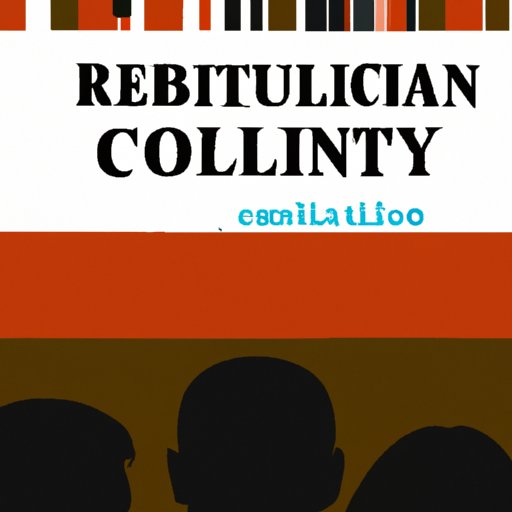Introduction: Defining Multicultural Literature and the Concept of Conflict
Multicultural literature is a genre of writing that focuses on stories and experiences of people from diverse cultures, backgrounds, and perspectives. This type of literature highlights the unique identities and voices of individuals who have been marginalized or excluded from dominant narratives. It often honors the heritage and history of these communities while exploring the complexities of their present-day lives.
At its core, multicultural literature is about conflict. It is the struggle between cultures, between individuals, and between groups of people. While this conflict can be expressed in various ways, it is ultimately rooted in the idea of difference—the differences in language, culture, beliefs, values, and experiences that make up our world.
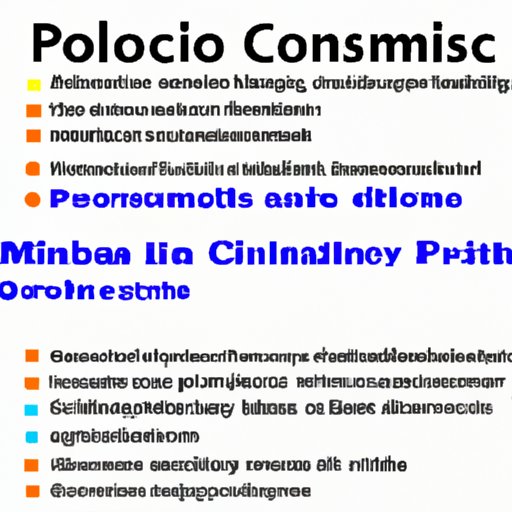
Examining the Most Common Types of Conflict in Multicultural Literature
Multicultural literature often deals with three main types of conflict: cultural conflict, intercultural conflict, and power struggles. Cultural conflict occurs when two or more cultures clash, resulting in tension, misunderstanding, and even violence. Intercultural conflict is a struggle between two or more individuals from different cultural backgrounds. Power struggles occur when one group of people holds more power than another, resulting in oppression, resistance, and inequality.
Exploring Cultural Conflict Through Literary Works
Cultural conflict is often portrayed in literature through tropes such as the “outsider” or the “other.” These characters are outsiders to the culture they are in, and are often seen as strange or threatening by the members of that culture. Writers often use these characters to explore themes of belonging, identity, and acceptance.
In Jhumpa Lahiri’s novel The Namesake, for example, protagonist Gogol Ganguli is an Indian-American struggling to find his place in both the American and Indian cultures. He is not truly accepted by either, and he must grapple with the tension between the two. In Things Fall Apart by Chinua Achebe, the main character Okonkwo is faced with the arrival of Christian missionaries in his Nigerian village. This sets up a clash between two very different cultures and worldviews, and Okonkwo must decide how to balance his traditional beliefs with the new religion.
Understanding Intercultural Conflict Through Multicultural Writing
Intercultural conflict is a struggle that arises between two or more individuals from different cultural backgrounds. This type of conflict is often seen in stories featuring immigrants and other marginalized groups. Writers explore how these characters navigate the complexities of intercultural relations and attempt to find a sense of belonging in unfamiliar places.
In The Joy Luck Club by Amy Tan, the characters are Chinese-Americans struggling to understand each other across generational and cultural divides. The mothers and daughters in the novel have vastly different experiences and perspectives, but must find a way to come together despite their differences. In The Sympathizer by Viet Thanh Nguyen, the protagonist is a Vietnamese refugee living in America. He is caught between two worlds—the traditional values of his homeland and the modern values of his adopted country—and must figure out how to reconcile the two.
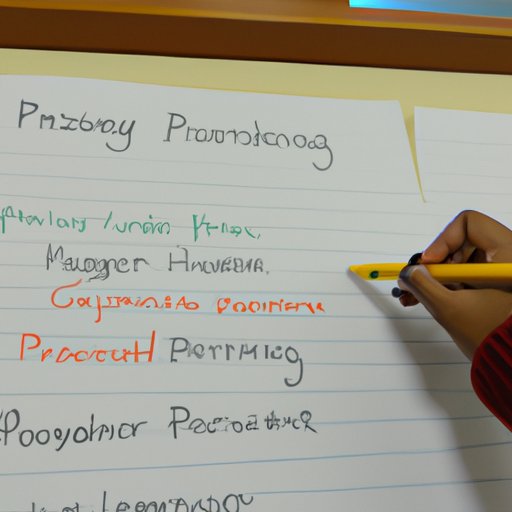
Analyzing Power Struggles in Multicultural Writing
Power struggles are a common theme in multicultural literature. Writers often explore how power dynamics between cultures shape social and political relationships. They investigate representations of oppression and resistance and examine how characters respond to the injustice they face.
In Beloved by Toni Morrison, the main character Sethe is a former slave who has been freed from her oppressive master. Despite her newfound freedom, she is still haunted by the trauma of her past. The novel investigates how power dynamics between races can lead to abuse and exploitation, and how characters can resist domination and reclaim their agency.
In The House on Mango Street by Sandra Cisneros, protagonist Esperanza Cordero is a young Latina girl living in poverty in Chicago. She is surrounded by oppressive forces—from racism to sexism to classism—but she resists these forces and fights to carve out a place for herself in the world.
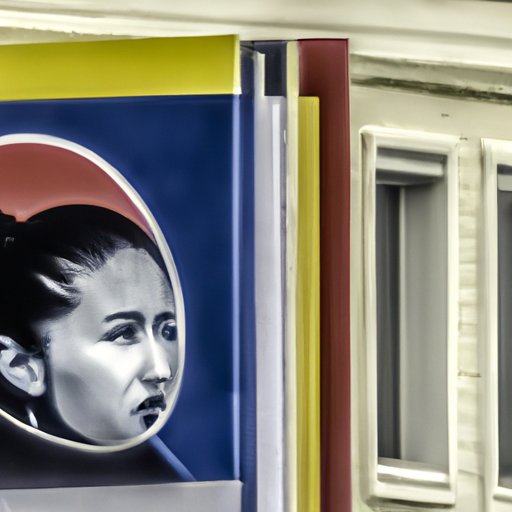
Themes of Oppression and Resistance in Multicultural Literature
Oppression and resistance are common themes in multicultural literature. Writers often explore how characters can resist domination and reclaim their agency. They investigate how characters grapple with identity issues and examine how they respond to the injustice they face.
In Their Eyes Were Watching God by Zora Neale Hurston, protagonist Janie Crawford is a black woman living in a white-dominated society. Despite the racism and sexism she faces, she refuses to be silenced and fights for her rights. In Dreaming in Cuban by Cristina García, the characters are Cuban exiles living in America. The novel explores how they grapple with identity issues and attempt to bridge the gap between their Cuban heritage and their American realities.
Investigating Identity Crisis in Multicultural Narratives
Identity crisis is a common theme in multicultural literature. Writers often explore how characters grapple with identity issues, such as belonging, acceptance, and self-discovery. They investigate how characters respond to feelings of displacement and alienation, and examine how they reconcile conflicting identities.
In A Tale of Two Cities by Charles Dickens, protagonist Sydney Carton is a French expatriate living in England. He is torn between his French roots and his English identity, and must figure out how to reconcile the two. In Bitter Fruit by Achmat Dangor, the characters are South African exiles living in London. The novel investigates how they deal with the complexities of identity and belonging in an unfamiliar place.
Representation of Inequality and Discrimination in Multicultural Texts
Inequality and discrimination are common themes in multicultural literature. Writers often use their works to explore systemic injustice and oppression. They examine how power dynamics between cultures shape social and political relationships, and investigate how characters respond to the injustice they face.
In The Color Purple by Alice Walker, protagonist Celie is a black woman living in the American South. She is subjected to extreme racism and sexism, yet she finds strength in her own resilience and determination. In The Bluest Eye by Toni Morrison, the characters are African-Americans living in a white-dominated society. The novel examines how power dynamics between races can lead to abuse and exploitation, and how characters can resist these oppressive forces.
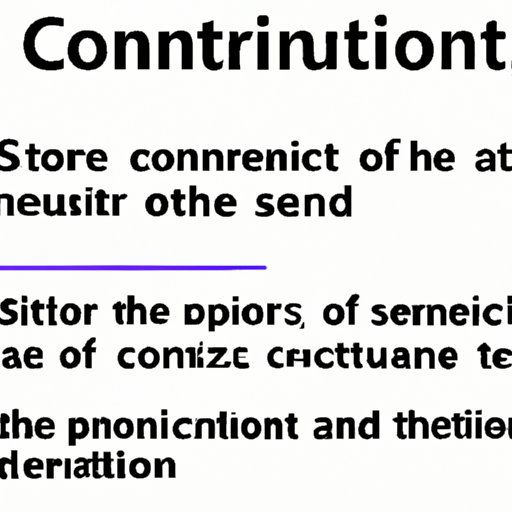
Conclusion: Summarizing the Main Points of the Article
This article explored the different types of conflict that are common in multicultural literature. We examined how writers represent cultural clashes, intercultural relations, power dynamics, and identity issues in their works. We also investigated themes of oppression and resistance, systemic inequality and discrimination, and identity crisis in multicultural texts.
We discussed how writers use their works to explore systemic injustice and oppression, and how characters can resist domination and reclaim their agency. We examined how characters grapple with identity issues and how they respond to the injustice they face. Finally, we looked at how power dynamics between cultures shape social and political relationships.
It is important to recognize and address the conflicts that exist in multicultural literature. We can do this by reading and discussing these works, and by promoting an understanding of diversity and inclusion. We can also support authors and publishers who are dedicated to representing marginalized communities and amplifying their voices.
(Note: Is this article not meeting your expectations? Do you have knowledge or insights to share? Unlock new opportunities and expand your reach by joining our authors team. Click Registration to join us and share your expertise with our readers.)
